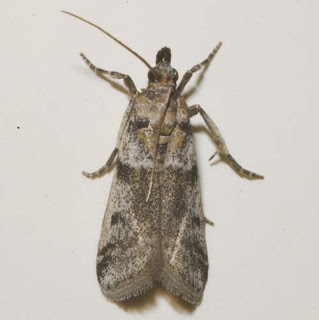Protecting Citrus Genes in case of HLB Wipeout
BY LAURIE GREENE, ASSOCIATE EDITOR
.jpg) Plant physiologist Gayle Volk of the Agricultural Research Service (ARS) is applying the procedure to create a long-term genebank for important citrus varieties, breeding lines and wild citrus species. These efforts coincide with concern over the spread of citrus greening, an insect-borne disease first detected in the U.S. in August 2005, has been found in California, and which now threatens the nation’s citrus crop, valued at $3.4 billion in 2011-12.
Plant physiologist Gayle Volk of the Agricultural Research Service (ARS) is applying the procedure to create a long-term genebank for important citrus varieties, breeding lines and wild citrus species. These efforts coincide with concern over the spread of citrus greening, an insect-borne disease first detected in the U.S. in August 2005, has been found in California, and which now threatens the nation’s citrus crop, valued at $3.4 billion in 2011-12.















